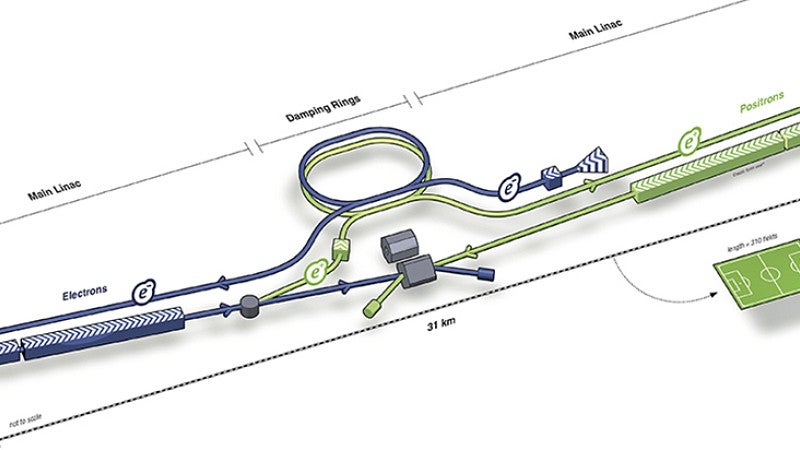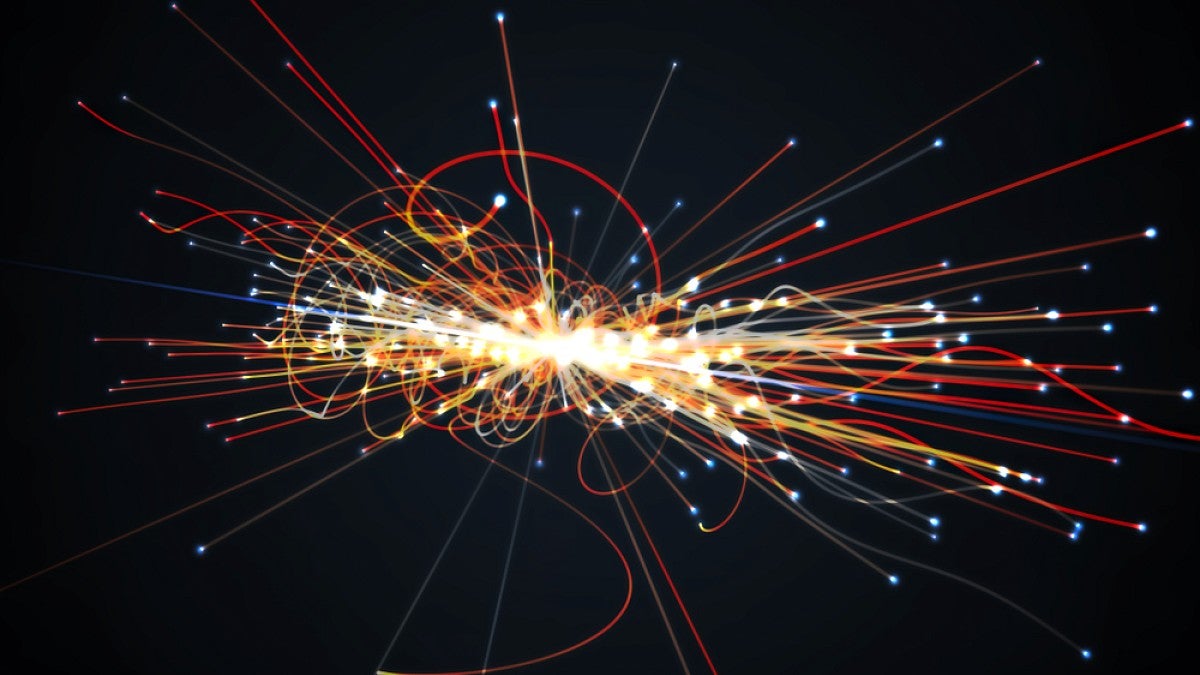Learning more about the Higgs boson and finding dark matter are the driving forces for construction of the International Linear Collider, says University of Oregon physicist Jim Brau. Where it will be built may be known soon.
In early November, more than 400 scientists received strong indications that Japan will host the ILC near Tohoku in the northern part of the country, said Brau, who helped organize an international conference in Sendai. That area, devastated by the 2011 earthquake and tsunami, is targeted for redevelopment.
“The meeting was very encouraging, especially based on the speakers from the Japanese government, the European Union and the U.S. State Department,” said Brau, associate director of the linear collider collaboration of the International Committee for Future Accelerators.
Comments from Japan in March 2019 fell short of an endorsement. It was, however, understood that the nation’s political wing was very interested but its finance wing, which also must finance the 2020 Summer Olympics, remained hesitant, said Brau, the UO’s Philip H. Knight Professor of Natural Science.
“We’re dependent on the Japanese to make a decision on this,” he said. “We are hearing positive things, except for the pledge that it will be done. Leaders in high-energy physics see this project as being a critical element to advance the science. It will complement the Large Hadron Collider in Europe.”
In the keynote speech to the November gathering, Ryu Shionoya of Japan’s House of Representatives and director general of the Federation of Diet Members supporting the ILC renewed his political colleagues’ commitment while suggesting that ongoing research and development aimed at reducing the projected $7.5 billion price could help assure his nation’s full approval.
“For Japan, the ILC is about realizing an international research institution in collaboration with the world and assuming the leadership role,” Shionoya said, adding that “investing in science and technology is our political responsibility.”
U.S. and European representatives also offered strong pledges of cooperation, Brau said. Comments by Melinda Pavek, director of the U.S. Department of State’s section on science, innovation and development at the U.S. Embassy in Tokyo, were especially strong, he added.
“I come before this distinguished body to tell you that the U.S. Department of State has done our initial due diligence, and we are ready to assist our partner agencies in moving forward with the next major particle physics facility in Japan,” Pavek said.
She also cited the close relationship between the U.S. and Japan, adding that “our science and technology collaboration is a critically important aspect of our relationship.”

The linear collider, Brau said, will turn research up a notch. At the Large Hadron Collider, scientists, including a large UO team, have been watching collisions of protons. That led to the discovery of the long-elusive Higgs boson.
At the linear collider, he said, researchers will collide electrons and positrons, providing significant advances in precision to further study the Higgs boson. According to the theory put forth by Peter Higgs and others half a century ago, the boson governs the mass of all particles.
“Of all the fundamental particles that we know about — electrons, quarks, photons, other bosons — that built the universe, the Higgs is the only one of these particles that has the quantum numbers of the vacuum,” Brau said. “The Higgs boson relates to a force field that fills the universe in kind of an invisible way, except, as best as we can tell, it gives origin to the mass of all the fundamental particles.”
The properties of the Higgs boson, Brau said, could help scientists in the search for dark matter, which emits no light but is believed to account for many observed gravitational effects.
“We really want to know in detail the properties of the Higgs boson to learn about the nature of the dark matter,” he said. “This could be a pathway to beyond the standard model of physics. The standard model explains only the known fundamental particles plus the Higgs, but not dark matter. We know it’s not a complete theory of the universe, because we know there is dark matter out there, and right here.”
—By Jim Barlow, University Communications


